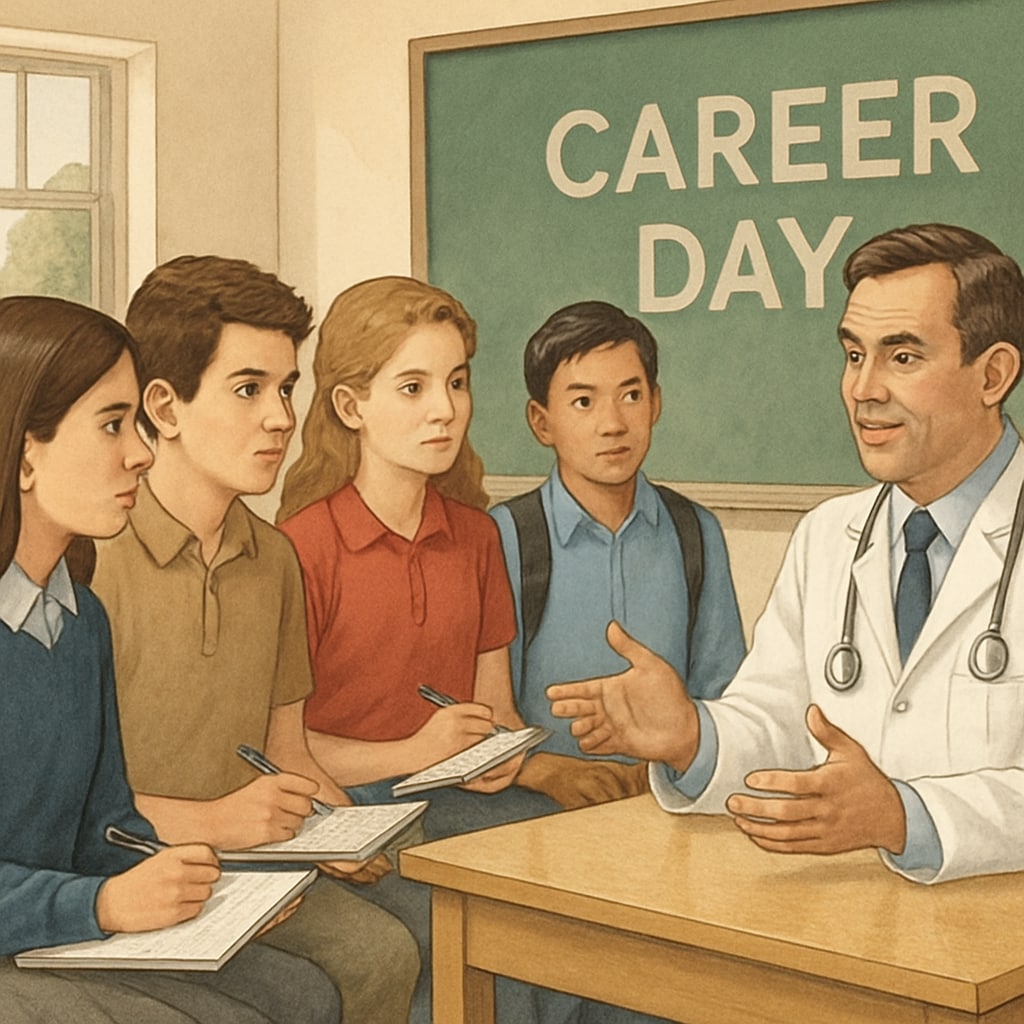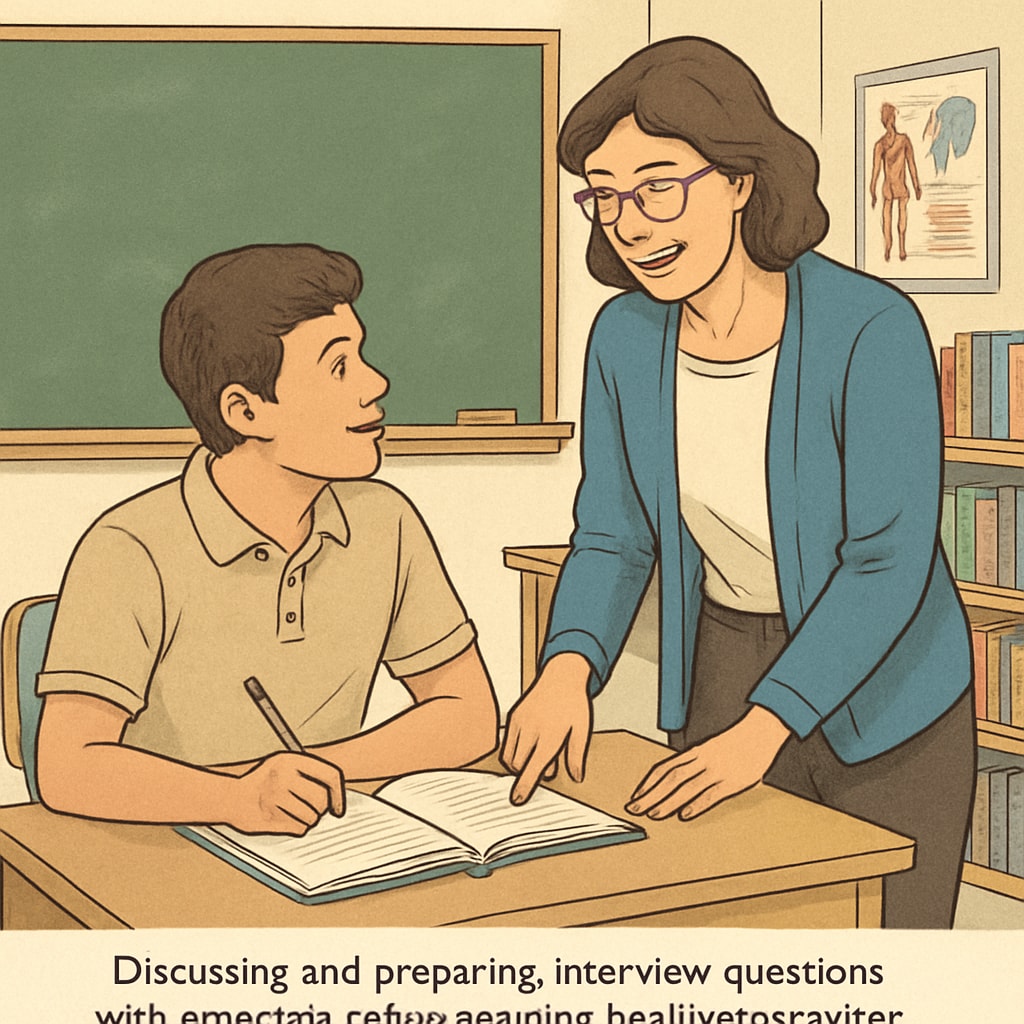Medical career exploration through school projects, such as doctor interviews, plays a crucial role in helping students build career awareness and develop planning skills. In today’s rapidly evolving world, introducing young learners to healthcare professions not only inspires future aspirations but also equips them with valuable insights into the challenges and rewards of working in medicine. This article outlines the significance of medical career exploration in K12 education, details an effective project design framework, and provides practical tips for guiding students in their interactions with medical professionals.
The Importance of Medical Career Exploration in K12 Education
Exposing students to medical careers at an early age offers numerous benefits. For example, it provides a realistic understanding of the profession, fosters curiosity, and encourages informed decision-making regarding future education pathways. As a result, projects that focus on doctor interviews can help bridge the gap between theoretical knowledge and real-world application.
- Encouraging empathy: Speaking with doctors allows students to learn about the human side of medicine, including patient care and ethical decision-making.
- Promoting STEM engagement: Medical career projects often ignite interest in science, technology, engineering, and mathematics (STEM) fields.
- Building transferable skills: Preparing for interviews and analyzing findings develop communication, critical thinking, and organizational abilities.

How to Design an Effective Doctor Interview Project
Successful medical career projects require careful planning to ensure meaningful engagement between students and healthcare professionals. Below is a step-by-step framework for designing and implementing such projects:
- Define the objectives: Determine the specific goals of the project, such as increasing awareness about medical professions or improving soft skills like public speaking.
- Select participants: Identify doctors or healthcare professionals willing to share their experiences. Consider reaching out to local hospitals, clinics, or alumni networks.
- Prepare students: Teach students how to craft thoughtful interview questions, focusing on topics like career motivations, daily responsibilities, and challenges in the medical field.
- Facilitate interactions: Organize in-person or virtual interviews, ensuring a professional yet approachable atmosphere for both students and medical experts.
- Reflect and analyze: Encourage students to summarize their findings and discuss how the experience influences their career interests.

Guiding Student-Doctor Interactions
One of the most critical aspects of these projects is ensuring students feel confident and prepared when interacting with doctors. Teachers can play a vital role in providing guidance and support throughout the process.
- Role-playing exercises: Simulate interviews in class to help students practice asking questions and responding appropriately.
- Encourage curiosity: Remind students that doctors are there to inspire and educate, so no question is too small or trivial.
- Follow-up discussions: Create opportunities for students to share their experiences and insights with peers, fostering a collaborative learning environment.
By equipping students with the tools and confidence needed for meaningful interviews, educators can ensure these projects leave a lasting impact.
Conclusion: Inspiring the Next Generation of Healthcare Professionals
Medical career exploration projects, such as doctor interviews, are invaluable tools for K12 education. They not only spark interest in healthcare careers but also prepare students for future academic and professional challenges. By designing structured activities and fostering thoughtful interactions, schools can empower students to make informed decisions about their career paths while gaining a deeper appreciation for the medical field.
Readability guidance: Utilize short paragraphs and bullet points to summarize key ideas. Ensure content maintains a professional tone while remaining engaging and easy to understand for readers at various levels. Incorporate transitional words such as “however,” “in addition,” and “for example” to enhance flow.


